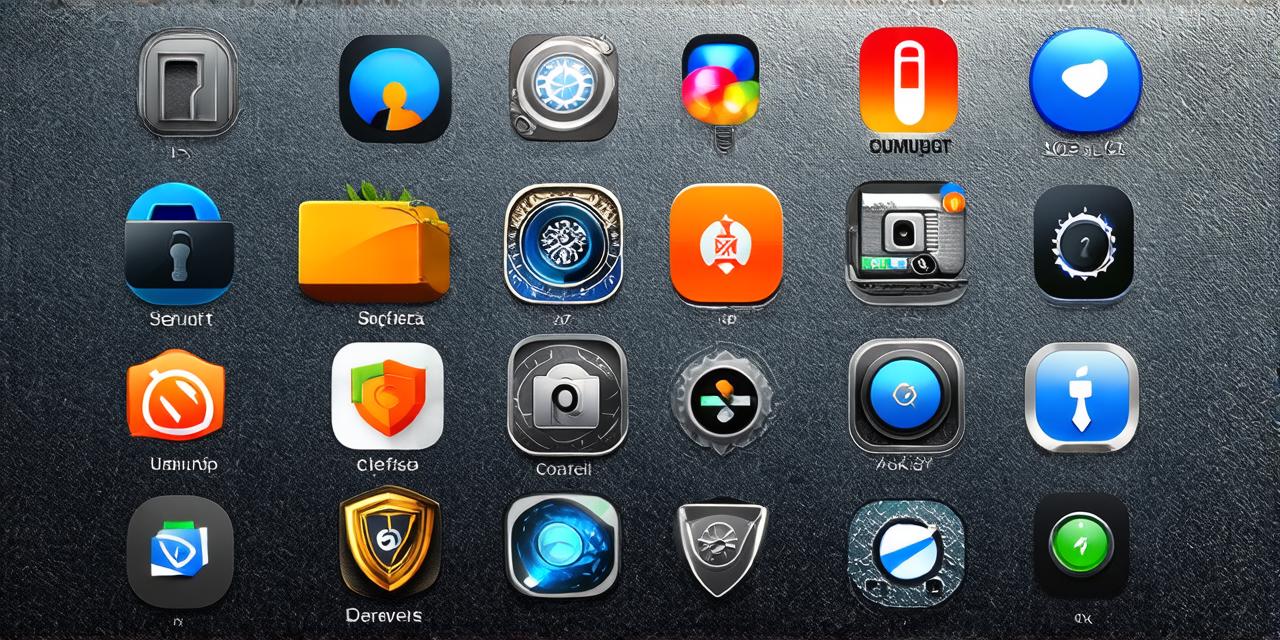Code Signing and Notarization
Code signing and notarization are crucial for securing your app on iOS devices. Code signing ensures that the code used in your app is trustworthy and hasn’t been tampered with by hackers, while notarization verifies that the code has been reviewed and approved by Apple. Here are some benefits of code signing and notarization:
- Protects against malware: Code signing and notarization make it more difficult for hackers to inject malware into your app.
- Compliance with regulations: Many regulations require the use of code signing and notarization for apps that handle sensitive data.
To implement code signing and notarization in your iOS app, follow these steps:- Obtain a code signing identity from Apple Developer Portal.
- Sign your app’s binary using the code signing identity.
- Submit your app to Apple for notarization.
- Include the notary ticket in your app’s bundle.
By following these steps, you can ensure that your app is secure and compliant with regulatory requirements.Static Analysis Tools
Static analysis tools are software tools that analyze source code without actually executing it. These tools can help identify potential security vulnerabilities in your app’s code before it’s deployed to production. Here are some benefits of using static analysis tools:
- Identifies security vulnerabilities: Static analysis tools can detect potential security issues such as buffer overflows, SQL injection, and cross-site scripting (XSS) attacks.
- Reduces risk: By identifying security vulnerabilities early in the development process, you can reduce the risk of a security breach.
To use static analysis tools in your iOS app development, consider using the following tools:- Clang Static Analyzer: A tool that analyzes C, C++, and Objective-C code for potential memory safety issues.
- Find Security Bugs: A tool that scans Java, .NET, and Android apps for security vulnerabilities.
- Coverity Static Analysis: A tool that identifies security vulnerabilities in C, C++, and Java code.
By using static analysis tools, you can identify potential security issues early in the development process and reduce the risk of a security breach.Dynamic Analysis Tools
Dynamic analysis tools are software tools that analyze source code while it’s being executed. These tools can help identify potential security vulnerabilities in your app’s code during runtime. Here are some benefits of using dynamic analysis tools:
- Identifies security vulnerabilities: Dynamic analysis tools can detect potential security issues such as buffer overflows, SQL injection, and cross-site scripting (XSS) attacks.
- Reduces risk: By identifying security vulnerabilities during runtime, you can reduce the risk of a security breach.
To use dynamic analysis tools in your iOS app development, consider using the following tools:- AppCode Profiler: A tool that analyzes app performance and identifies potential memory leaks and other performance issues.
- Burp Suite: A tool that intercepts HTTP traffic between a browser and a web server to identify security vulnerabilities.
- OWASP ZAP: A tool that automates the process of finding vulnerabilities in web applications.
By using dynamic analysis tools, you can identify potential security issues during runtime and reduce the risk of a security breach.
Penetration Testing
Penetration testing is the process of simulating an attack on your app to identify potential security vulnerabilities. By conducting penetration testing, you can identify potential weaknesses in your app’s security and take steps to address them before they can be exploited by hackers. Here are some benefits of penetration testing:
- Identifies security vulnerabilities: Penetration testing can detect potential security issues such as buffer overflows, SQL injection, and cross-site scripting (XSS) attacks.
- Reduces risk: By identifying security vulnerabilities before they can be exploited by hackers, you can reduce the risk of a security breach.
To conduct penetration testing on your iOS app, consider using the following tools:- Metasploit Framework: A tool that automates the process of finding and exploiting security vulnerabilities in software.
- Nmap: A tool that scans networks to identify potential security vulnerabilities.
- OpenVAS: A tool that automates the process of identifying security vulnerabilities in networks and systems.
By conducting penetration testing, you can identify potential security issues before they can be exploited by hackers and reduce the risk of a security breach.Code Review
Code review is the process of examining source code to identify potential security vulnerabilities and ensure that it meets coding standards. By conducting code reviews, you can identify potential weaknesses in your app’s security and take steps to address them before they can be exploited by hackers. Here are some benefits of code review:
- Identifies security vulnerabilities: Code review can detect potential security issues such as buffer overflows, SQL injection, and cross-site scripting (XSS) attacks.
- Ensures coding standards: Code review ensures that your app’s source code meets coding standards and is easy to maintain and update.
To conduct code review on your iOS app, consider using the following tools:- GitHub Code Review: A tool that automates the process of conducting code reviews.
- SonarQube: A tool that analyzes source code for potential security vulnerabilities and coding issues.
- Coverity Static Analysis: A tool that identifies security vulnerabilities in C, C++, and Java code.
By conducting code review, you can identify potential security issues before they can be exploited by hackers and ensure that your app’s source code meets coding standards.
